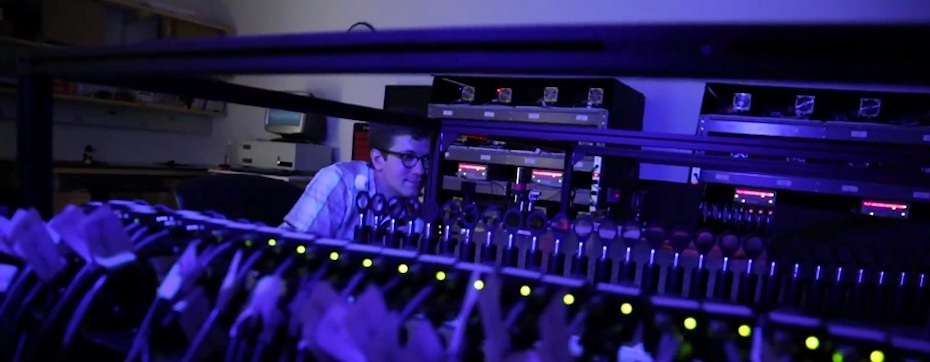Current Cardiovascular Imaging Research

Myocardial contrast echocardiography
Researchers at the Knight Cardiovascular Institute are well known for the development of myocardial contrast echocardiography (MCE). This technique uses microbubbles injected into the venous circulation to perform left ventricular opacification. This advance has markedly improved evaluation of left ventricular function and stress imaging. Today, more than five million people around the world have undergone MCE. As an extension of this technique, investigators at the institute are using ultrasound and microbubble contrast agents to accelerate clot lysis. So-called sonothromobolysis holds the potential to one day be used as a primary therapy to treat acute myocardial infarction.Contrast-enhanced ultrasound molecular imaging Our investigators are pioneers in ultrasound-based molecular imaging techniques aimed at improving diagnosis and advancing cardiovascular therapeutics.
Contrast-enhanced ultrasound molecular imaging
Contrast-enhanced ultrasound molecular imaging relies on the detection of novel site-targeted microbubbles or other acoustically active particles which are administered by intravenous injection, circulate throughout the vascular compartment, and are then retained and imaged within regions of disease by ligand-directed binding. We study the molecular imaging of inflammation, ischemia, and angiogenesis with site targeted ultrasound contrast agents, drug and gene delivery with ultrasound, and microvascular physiology at the capillary level. Our research interests include microvascular no-reflow in acute MI, diabetic microvascular disease, and novel methods for evaluating peripheral vascular disease.
Limb perfusion imaging
Contrast-enhanced ultrasound limb perfusion imaging is a promising approach for evaluating peripheral artery disease (PAD), and our investigators are leading the advancement of this technique for therapeutic application. Through numerous NIH-funded studies, our research is uncovering how contrast-enhanced ultrasound can augment tissue blood flow, a discovery that has the potential to help PAD patients avoid life-threatening infections and amputation of limbs as well as treat other diseases prompted by low blood flow, like stroke and severe angina.
Cardiovascular computed tomography angiography
Atherosclerosis imaging research at the institute leverages cardiovascular computed tomography angiography (CCTA). Non-invasive evaluation of coronary atherosclerotic plaque is a major focus of our research teams. Traditionally, evaluation for coronary artery disease entails evaluation of coronary stenosis, or narrowing of the arteries. With CCTA, in addition to imaging the degree of coronary stenosis, we have the ability to characterize the plaque as well. Much of our research aims to understand how detailed plaque characterization can aid cardiovascular disease prediction, incremental, and independent of coronary stenosis. We also have been at the leading edge of research in the role of CCTA in the emergency department to rule out acute coronary syndromes and enhance the early triage of patients presenting with acute chest pain.
Graduate training
The Knight Cardiovascular Institute offers a NIH-sponsored training program for Translational Science and Cardiovascular Research dedicated to the advanced specialty research training of physician-scientists and basic scientists. The program funds six positions (M.D., D.O., or Ph.D.) for a two-year research experience in translational cardiovascular research. Find more information on the program and application requirements here.
For more information
Email youngj@ohsu.edu to:
- Schedule a consultation
- Inquire about postdoctoral positions
- Partner on our research